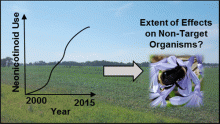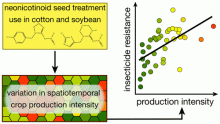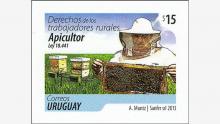Bug diet of birds has dramatically declined in quality, researchers find
"You are what you eat" is the guiding principle behind a new study comparing the diet of birds today with that of birds dead for more than a century. The results show large changes in the diets of aerial insectivores, or birds such as swallows, swifts, martins and whip-poor-wills that consume insects while in mid-flight. Today, the bulk of the birds' diet is made up of small insects at the lower end of the food web, or at a lower "trophic" level, the researchers say.










